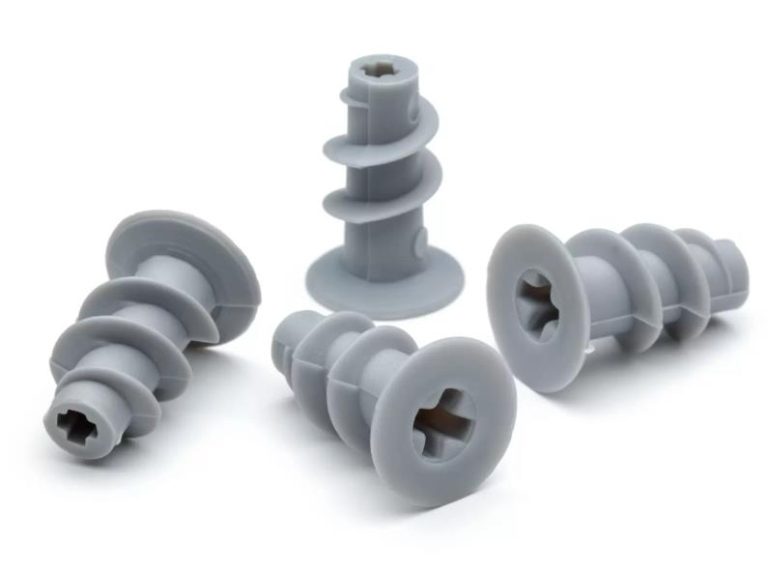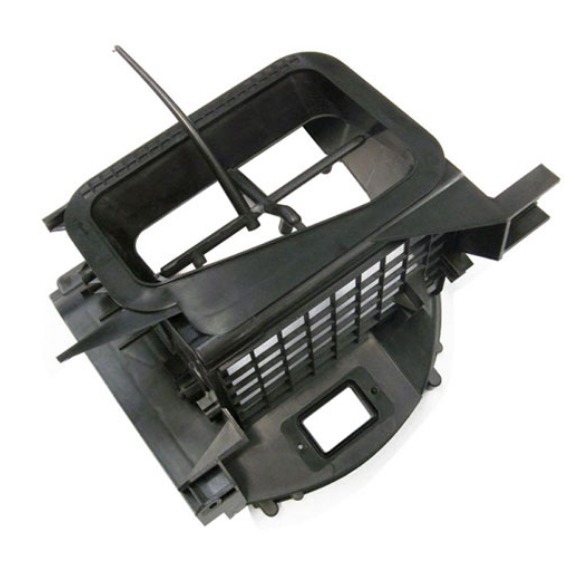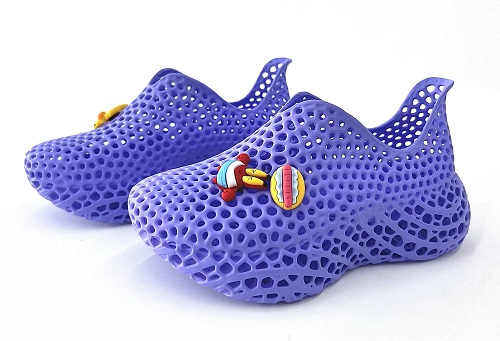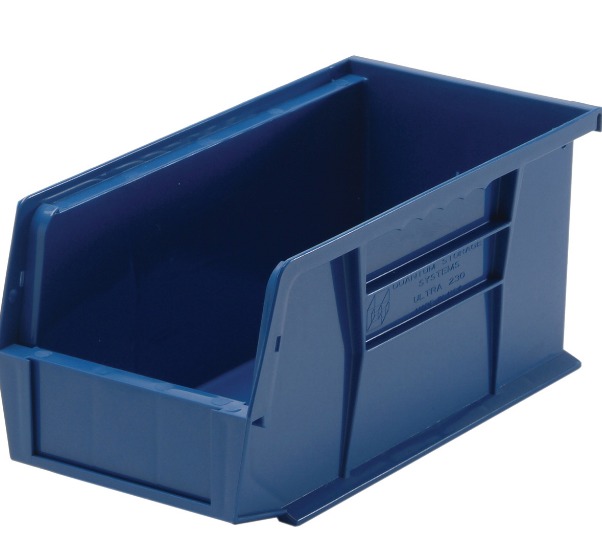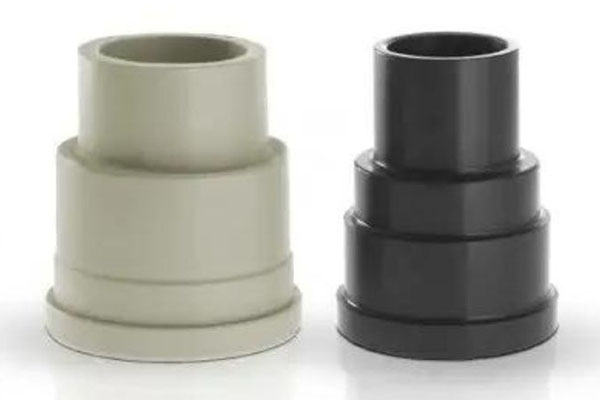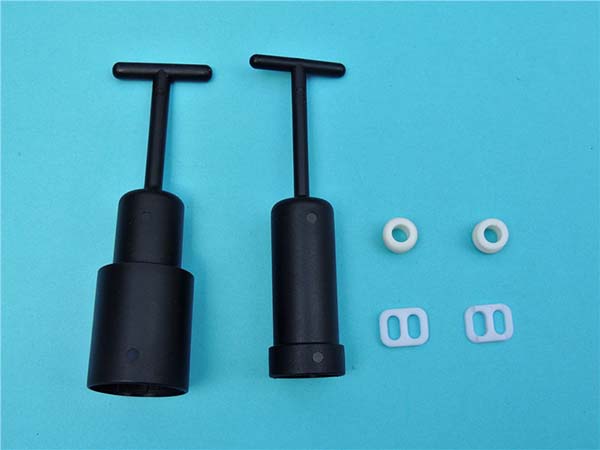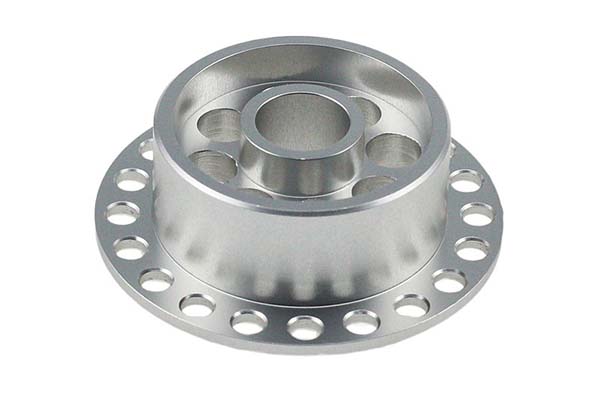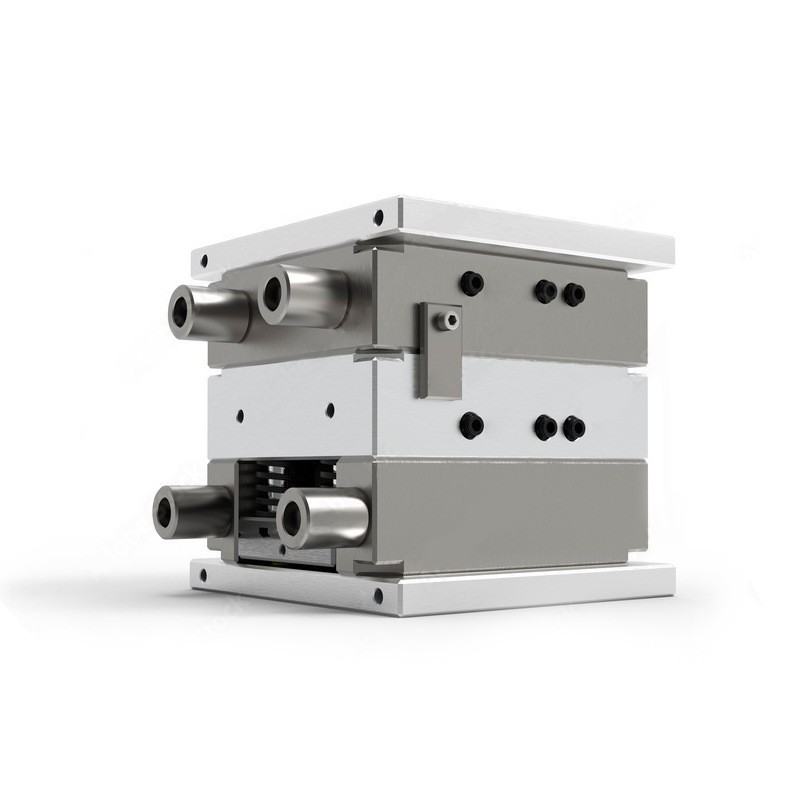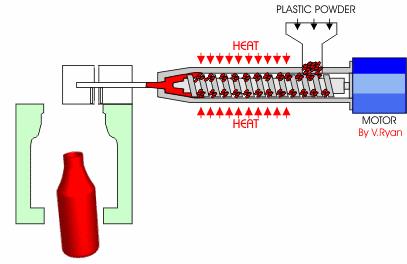What is Plastic Injection Molding?
Plastic injection molding is a widely used manufacturing process in the plastics industry. It involves injecting molten plastic material into a mold cavity, where it cools and solidifies to take the shape of the mold. This process is highly efficient for producing large quantities of plastic parts with high precision and consistency.
The working principle of plastic injection molding is as follows: First, plastic pellets are fed into a heated barrel. Inside the barrel, a screw rotates to melt the plastic by applying heat and shear force. Once the plastic is fully melted and reaches the right viscosity, it is pushed forward by the screw and injected into the closed mold cavity under high pressure. The mold is typically made of steel or aluminum and is designed to have the exact shape of the desired plastic product, including all the details such as holes, grooves, and complex geometries.
After the plastic is injected into the mold, it is left to cool. This cooling process is crucial as it determines the final properties of the plastic part. The mold is usually connected to a cooling system, often using water or other coolants, to speed up the cooling process. Once the plastic has solidified enough, the mold opens, and the finished plastic part is ejected, either by ejector pins or other mechanisms.
For Yigu Technology example, think of a plastic toy car. The body, wheels, and other components of the toy car are likely made through plastic injection molding. The mold for the car body would have the exact shape of the car, including the curves of the body, the indentations for the windows, and the details of the grill. The molten plastic is injected into this mold, and after cooling, a perfectly shaped plastic car body is produced. This process can be repeated thousands of times with high precision, ensuring that each toy car produced is nearly identical.
Comparing Plastic Injection Molding Companies: A Table - Style Analysis
When choosing a plastic injection molding company, it's crucial to consider various factors. Here is a comparison of three well - known plastic injection molding companies in a Yigu Technology table - style format to help you make an informed decision:
| Company Name | Service Range | Production Capacity | Quality Certifications | Price Range |
| Plastic Molded Company A | - Plastic Injection Molding for complex geometries and tight tolerances - Plastic Overmolding - Insert Molding - Pre - and post - molding operations like in - mold decoration, precision CNC machining, plastic welding | Can produce thousands of parts per day depending on the complexity. Has experience in developing over 10,000+ molded products across multiple industries | Not specified in the given reference, but with 50 - year experience, high - quality standards are expected | Medium - high. Focus on high - quality, mission - critical components, so costs may be higher for top - tier materials and precision work |
| Yigu Technology | - In - house mold tooling, mold design, and engineering support - Custom manufacturing of plastic injection - molded products - Post - mold secondary operations such as ultrasonic welding, pad printing, heat - staking, soldering, assembly, and packaging | Large - part injection molding capabilities. Serves a wide range of industries, indicating high production capacity. Ships a large number of parts annually (exact number not given in reference) | ISO 9001:2015 certified, FDA Registered, compliant with 21 CFR 820 and Good Manufacturing Practices, UL - Underwriters Laboratories, ANSI, ASME, ASTM, CE | Medium. Offers cost - effective solutions while maintaining high - quality standards, suitable for a variety of budgets |
| Plastics Company B | - Basic plastic injection molding for general consumer products - Limited post - molding services like simple assembly | Produces around 500 - 1000 parts per day for standard products | ISO 9001:2008 (less updated compared to Stelray). No other high - end certifications mentioned | Low - medium. Caters to price - sensitive customers with standard quality products |
As you can see, if you need high - precision, mission - critical components with a wide range of services and advanced material expertise, Plastic Molded Company A might be a good choice. Yigu Technology is suitable for those who require a combination of high - quality, regulatory - compliant products with cost - effective solutions and full - service capabilities. If you are on a tight budget and need basic plastic injection - molded parts for general consumer use, a company like Plastics Company B could be considered.
How to Choose the Right Plastic Injection Molding Company
Understanding Your Needs
Before starting the search for a plastic injection molding company, it's essential to have a clear understanding of your product requirements. First, consider the complexity of your product. If your product has intricate geometries, such as small holes, thin walls, or complex curves, you'll need a company with advanced mold - making capabilities and high - precision injection equipment. For Yigu Technology example, a medical device component with tight tolerances and complex internal structures will require a different level of expertise compared to a simple plastic container.
Secondly, determine your production volume. High - volume production demands a company with large - scale manufacturing capabilities, efficient production lines, and the ability to meet tight deadlines. On the other hand, if you're in the prototype or low - volume production phase, a company that can offer flexibility and quick turnaround times might be more suitable.
Evaluating Company Capabilities
When evaluating a plastic injection molding company, start with its equipment. A modern and well - maintained injection molding machine is crucial. Look for companies that have the latest models with advanced features like precise temperature control, high - speed injection, and multi - axis movement for complex molds. Additionally, the company should have a variety of machine sizes to accommodate different part sizes and production volumes.
Technical expertise is another key factor. The company's engineering and technical staff should be able to provide design assistance, suggesting improvements to your product design to optimize the injection molding process. They should also be knowledgeable about different plastic materials and their properties, ensuring the right material is chosen for your product.
Experience matters a great deal. A company with years of experience in the industry is more likely to have encountered and solved various problems. For instance, a company that has been in business for over 20 years and has served multiple industries like automotive, electronics, and medical is more likely to handle your project with confidence.
Considering Quality and Certifications
Quality should be a top priority when choosing a plastic injection molding company. Quality - certified companies adhere to strict standards, which ensures that the products they produce are reliable and meet industry requirements. The most common quality certification is ISO 9001, which focuses on quality management systems. A company with ISO 9001 certification has demonstrated its commitment to quality in all aspects of its operations, from design and production to customer service.
For some industries, additional certifications are necessary. In the medical industry, for example, companies may need to be FDA - registered (in the United States) or comply with European Union medical device regulations. These certifications ensure that the plastic products are safe and suitable for use in medical applications.
Pricing and Cost - Effectiveness
Pricing is an important consideration, but it should not be the sole determining factor. While it's tempting to choose the cheapest option, remember that low - cost injection molding companies may cut corners on quality, use inferior materials, or have less - efficient production processes that could lead to higher costs in the long run, such as more frequent product defects and rework.
Look for a company Yigu Technology that offers a balance between price and quality. Request detailed quotes from multiple companies, and compare not only the unit price but also the overall cost - effectiveness. Some companies may offer value - added services like in - house mold design, post - molding operations, and efficient supply chain management, which can save you time and money in the long term.
FAQ
- Q: How can I estimate the cost of plastic injection molding?
A: The cost depends on factors like product complexity, material type, production volume, and the injection molding company's overheads. Generally, more complex designs, high - end materials, and lower production volumes increase costs. You can get quotes from multiple companies to get a better estimate.
- Q: What if I need a custom plastic material for my product?
A: Many plastic injection molding companies work with a wide range of standard materials. If you need a custom material, find a company with material expertise. They may be able to source or develop the right material for you, but it may require additional time and cost.
- Q: How important is the location of the plastic injection molding company?
A: Location can impact shipping costs and lead times. A local company may offer faster delivery and lower shipping fees. However, if a non - local company offers significantly better quality, price, or services, the benefits may outweigh the shipping disadvantages.
